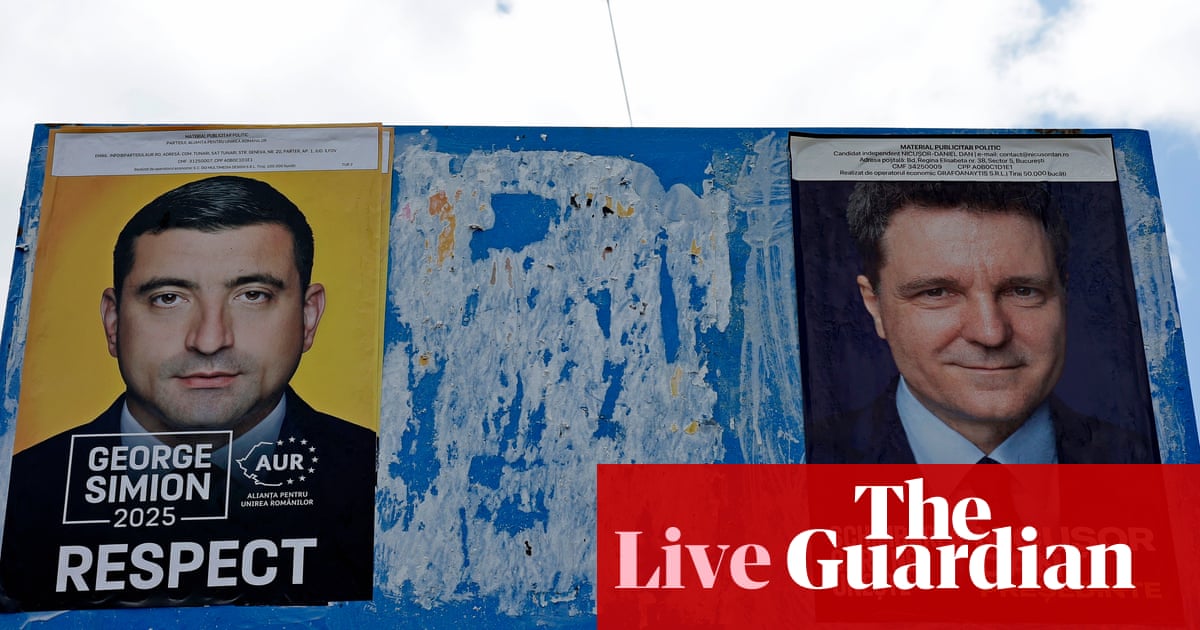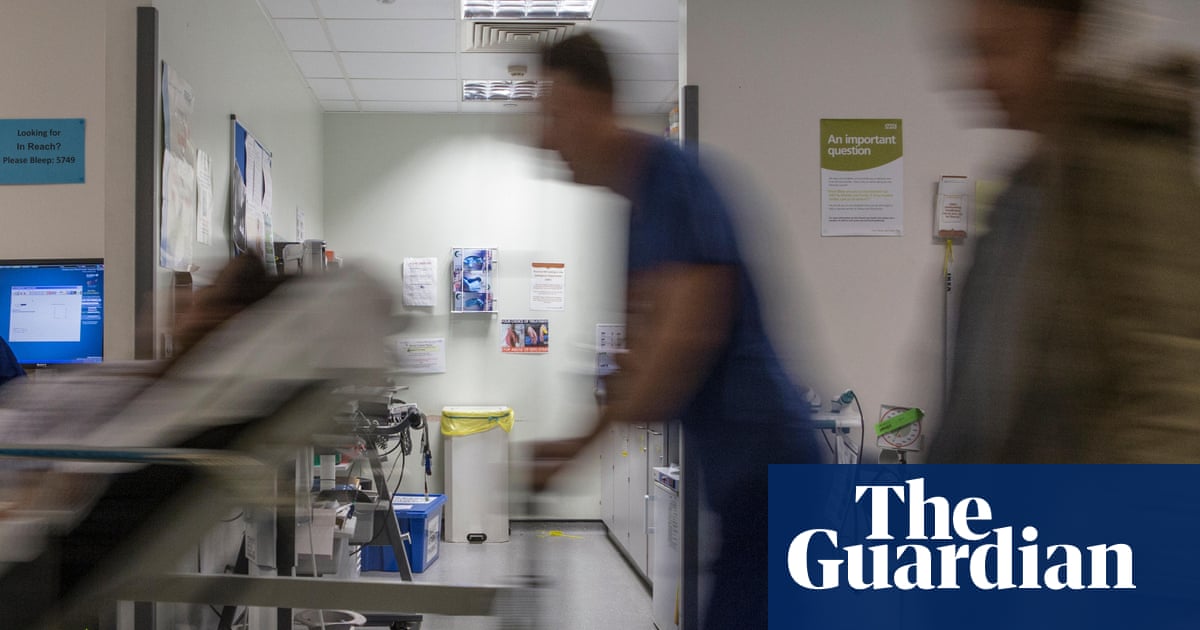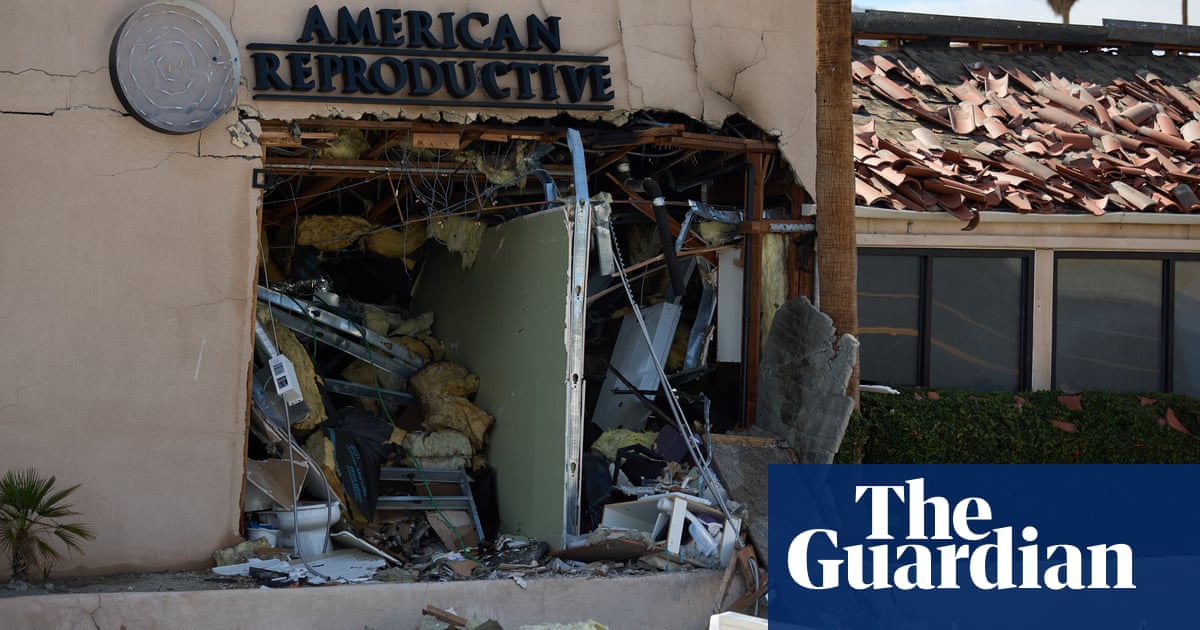“We purchase and pay for a resilient setup from our suppliers,” Thomas Woldbye, Heathrow’s under-pressure chief executive, told the transport select committee, adding that the airport racked up energy costs of £135m a year. “Are we then also supposed to have a setup next to it? And then we would have to have a whole power station at the cost of billions to the airlines.”
So runs Heathrow’s case that there was no alternative to closing the airport for a full day last month after a fire knocked out a nearby National Grid substation, one of three serving the airport.
Heathrow’s engineers had to reconfigure an internal grid to take electricity solely from the other two substations. The reconfiguration involved shutting down and restarting 1,000 systems and could not be done in less than 10 hours. Therefore, passengers had to stay away during the process. Any other approach would have been unsafe.
The persuasive part of this account is that a lengthy closure was inevitable if Heathrow needed 10 hours to do its stuff. There was some back-and-forth at the committee on whether Terminal 5, the least affected by the power cut, could have reopened sooner but Woldbye’s preference for caution on that detail was understandable. As he said, there is a difference between being able to land an aeroplane safely and being able to process its passengers through border control, baggage reclaim and the rest of it.
Yet 10 hours to reconfigure! The core question is why Heathrow was happy to tolerate such a timetable in its emergency planning. One can understand an airport is a more complex operation than a humble datacentre, but the MPs didn’t properly challenge Woldbye’s presentation of the choice at Heathrow as a binary one between a 10-hour restart and an investment running to zillions. Were there no options in between?
Perhaps not, but one wanted to hear a more detailed version of Heathrow’s cost-benefit analysis than the one Woldbye offered. He said his engineers estimated it would cost “more than £1bn” to refit a power ring around Heathrow and that the airlines would never agree to pay for it. OK, full resilience may not be economically viable. But could a less gold-plated investment have contained the downtime to a couple of hours, say?
That is an electrical engineering question that is beyond this column’s expertise. But it is also a question of what decisions were made by the Heathrow board about risk and resilience, and on what basis. The role of National Grid and Scottish and Southern Electricity Networks, transmission and distribution operators respectively, cannot be overlooked. But, as Southern Electricity’s operations director, Eliane Algaard, pointed out, the two additional electricity intakes were available throughout and Network Rail, also affected by the substation fire, was able to transfer its power sources automatically.
One hopes “the Kelly review”, mentioned repeatedly by Woldbye, will address the board’s past risk assessments and judgments on operational resilience. Unfortunately, the Kelly in question is the former transport secretary Ruth Kelly, a main board director of Heathrow for the past six years. As argued here last week, that appointment will look like a case of marking your own homework. An external examiner would have more credibility. It is not too late.

.png) 1 month ago
35
1 month ago
35

















































